The landscape of general education is evolving, with a growing focus on equipping teachers to effectively support students with disabilities. This shift is increasingly evident in classrooms across the United States.
LEILA FADEL, HOST:
As federal guidelines advocate for the inclusion of students with disabilities in general education settings, teachers are adapting to meet these needs with varying degrees of formal training. Beth Wallis from StateImpact Oklahoma delves into this transition.
BETH WALLIS, BYLINE: At Edmond, Oklahoma’s Frontier Elementary, fourth-grader Kellen Hedler, who has Down syndrome, engages in a math lesson with his teacher, Adam Frederick. The focus is subtraction.
ADAM FREDERICK: Nine take away six.
KELLEN HEDLER: That’s hard.
FREDERICK: That is a hard one.
WALLIS: During this session, Kellen utilizes a number line, a tactile tool that aids his counting and comprehension.
KELLEN: One. Two.
WALLIS: This hands-on approach helps Kellen reach the correct answer.
KELLEN: Three.
FREDERICK: Three. Write it down.
WALLIS: Spending over 80% of his time with peers, Kellen’s educators must adapt to his learning style. Frederick recalls lacking special education courses during his teacher training, learning instead through classroom experience—a process he finds beneficial for all students.
FREDERICK: I do have students who are still doing addition with finger counting, yet I’m trying to teach multiplication. That gives me the opportunity to try to teach multiplication through addition for those students, and it gives our students who are on-level or above-level another strategy.
WALLIS: According to federal data, more students with disabilities are spending the majority of their day in general education settings—a figure that has doubled over the past 35 years. This trend poses questions about how teacher preparation programs are evolving to support inclusive education.
(SOUNDBITE OF ARCHIVED RECORDING)
LISA DIDION: When we think about students with disabilities, I want you to think about them as all of our students.
WALLIS: Lisa Didion, teaching at the University of Kansas, emphasizes the need to view students with disabilities as part of the entire classroom community.
(SOUNDBITE OF ARCHIVED RECORDING)
DIDION: A lot of times, when you get in school, sometimes they’re like, those are your students. These are my students. And we want to get rid of that kind of mentality.
WALLIS: Her class focuses on advocating for students with disabilities through individualized education programs, or IEPs, which specify the services each student requires.
(SOUNDBITE OF ARCHIVED RECORDING)
DIDION: Who in my classroom has a disability, and how can I better allow them to access that material? Questions about that?
WALLIS: Benjamin Erickson, an elementary education major, questions how to create supportive and minimally restrictive environments for students with varying needs.
(SOUNDBITE OF ARCHIVED RECORDING)
BENJAMIN ERICKSON: In many ways, it’s very individual, of…
DIDION: Yes.
ERICKSON: …Trying to figure out – with IEPs and stuff and trying to figure out, like, how do we make the environment least restrictive for this student, even if it might not be the same for another student?
DIDION: Yes.
WALLIS: Didion encourages students to consider enrolling in the Elementary Education Unified program, featuring additional special education courses compared to the standard degree.
(SOUNDBITE OF ARCHIVED RECORDING)
DIDION: You will be able to have access to more strategies and go in-depth so that you can learn the skills to support all learners.
WALLIS: Erickson, who has personal experience with disabilities, is contemplating this program to enhance his ability to support diverse learners.
ERICKSON: I’m somebody who has a couple disabilities. I have ADHD. I was born with some brain disabilities.
WALLIS: He believes that a supportive and inclusive classroom benefits all students, enabling them to succeed.
ERICKSON: Knowing that about kids who are coming into my classroom and learning how to support them is really important. But also, when you have an inclusive classroom and you make sure that everybody feels supported and everybody has what they need, everybody’s able to succeed.
WALLIS: Kansas universities, including KU, Wichita State, Pittsburg State, and Fort Hays State, are expanding unified programs. The University of Northern Iowa and Oklahoma State University are also developing similar initiatives. However, the shift towards these inclusive programs depends on students choosing them over traditional education pathways.
For NPR news, I’m Beth Wallis in Tulsa.
NPR transcripts are created on a rush deadline by an NPR contractor. This text may not be in its final form and may be updated or revised in the future. Accuracy and availability may vary. The authoritative record of NPR’s programming is the audio record.





